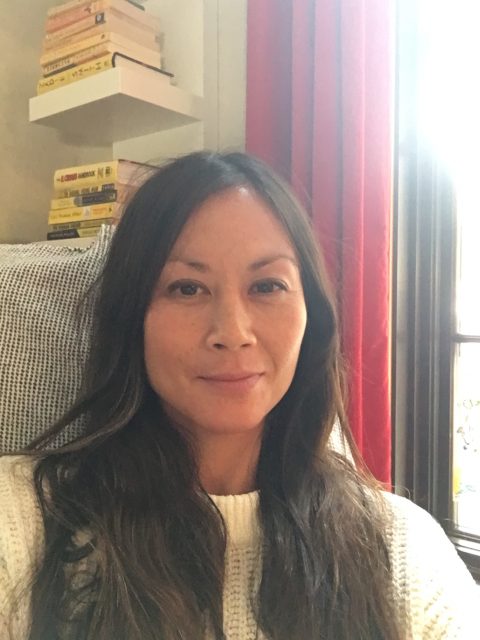Jessica Lim’s Portfolio
 SPECIFIC – GENERAL – UNIVERSAL
SPECIFIC – GENERAL – UNIVERSAL
What Brought Me To UDL
I came to UDL wanting to learn design techniques and principles to improve the accessibility of my courses.
My specific concern as a teacher has been to help students from low-income backgrounds, students from the BIPOC and LBGTQ+ communities feel invited and comfortable in the general (i.e., conventional) learning environment.
I wanted to learn ways to improve my courses so that I was decreasing the educational attainability gap between students. From the beginning, UDL helped broaden the scope of my concern and reframe my specific interest in more universal (i.e., inclusive) parameters. I realized very quickly that fitting students into the conventional learning environment was the wrong approach. A better, more universal method is to reconfigure learning environments such that they are accessible and inclusive from the outset.
With that in mind, I targeted one philosophy course to improve, titled Thinking For Ourselves, in which students range from well experienced in philosophy (some students have taken four philosophy courses by the time they take mine) to the complete novice (some students have never taken a philosophy course). This seemed like a perfect opportunity to apply some of the lessons I’d learnt from UDL to my specific concern about attainability gaps.
When I created the philosophy course a few years earlier, I had the benefit of using lessons that I’d learnt from WID in the designing process. The result was that my course was well scaffolded, used a variety of evaluative methods, emphasized the revision process of writing, and offered many opportunities to use different writing genres. It is my favourite class to teach and it is a successful course! Nevertheless, I could see the attainability gap between the two groups of students (those with a philosophy background and those without), so I began tweaking things according to universal design principles. What you’ll see in the second part of my portfolio is a description of the changes I made from Winter 2019 to Winter 2020.
Quite as a surprise, the coronavirus hit in Winter 2020. It’s now Fall 2020 and we are still in its throes! In anticipation of an online Fall and probably an online Winter, I created a new Humanities 101 course from the ground up using UDL principles. This course, in particular, owes everything to the conversations I had with Laure Galipeau and Catherine Soleil and to my UDL cohort members Ahmad Banki, Ian Cuthbertson, and Jeffrey Zeidel. It felt like the course wrote itself thanks to all of you. A description of my design process for this course can be found in the third part of my portfolio.
Another outcome of my UDL experience is that I reframed the UDL principles into four basic tools. I did this so that I could have quick guidelines to follow in the future, and decided to include the four basic tools in the first part portfolio.
The result is that my portfolio has three parts:
- first, four basic UDL tools;
- second, an example of applying the tools to tweak a pre-existing course;
• third, an example of applying the tools to create a new course.
Watch more:


